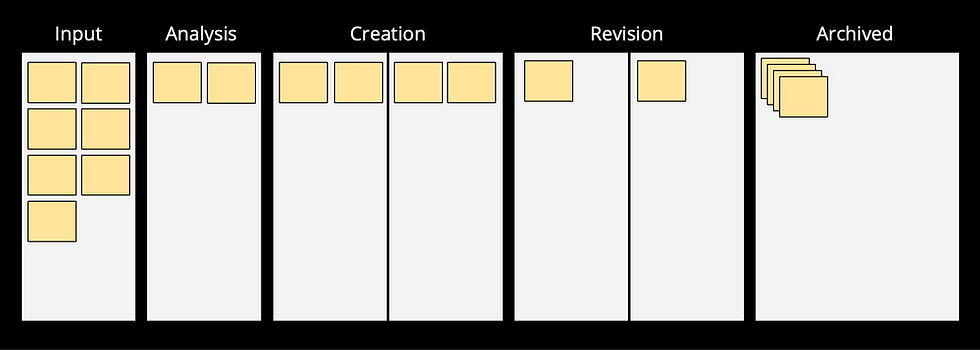Product Manager/Owner: Centralizer or delegator?
- Rafael Sabbagh
- Sep 19, 2023
- 3 min read
Updated: Dec 7, 2023
Throughout my years as a consultant and trainer, I’ve observed and dealt with various types of product managers in agile product development, including Product Owners where Scrum is used.
One of the important nuances is the level of autonomy those product managers grant their teams regarding product detailing — in other words, their level of delegation in product definition. Thinking about it, we can picture a range, a spectrum if you will. On one end, we have centralizer product managers, and on the other end, we find delegator product managers. Between these two extremes, we can find various shades.

Centralizer product managers are the ones who require either defining or approving every product detail. Everything has to pass through their scrutiny or decision-making process. I'm sure you've faced someone like this before! Anyway… In that scenario, the team has very little autonomy, and they have limited say in what the product will be. They're mostly focused on completing tasks, with their success measured by the quantity of work done and meeting schedules, rather than the value they bring to customers and the business. To make matters worse, this approach isn't very scalable. Can you imagine a centralizer dealing with a large product, and multiple teams? Well, this product manager would need to be everywhere, all the time!
On the other end, we have the delegator product managers. They operate at a higher level, focusing their work more on problem definition and prioritization, leaving their teams to define the details. Here, they leverage their expertise, creativity, and collaboration. This approach demands a much higher level of maturity, usually with team members who have a strong product background. That's because these team members aren't just there to execute tasks; they're expected to use their brains. They need to understand the business, metrics, and how to interact directly with stakeholders. Alongside the product manager, they share responsibility and accountability for product success.
Yes, I know this is far from being the usual case. I understand that, okay?
Although it is not easy, this is a much more scalable and agile way of working, leading to much better results.
But do not forget, of course, that these are extremes. Most product managers fall somewhere in this range, usually close to the middle. In that more common scenario, their work involves defining the details to some degree and then collaborating with their teams to finalize what needs to be built.
Interestingly, Scrum recognizes and endorses the existence of this wide range of possibilities for their Product Owners.
The Product Owner is also accountable for effective Product Backlog management (…). The Product Owner may do the (…) work or may delegate the responsibility to others. Regardless, the Product Owner remains accountable. Scrum Guide, 2020
According to the latest official Scrum Guide, Product Owners are accountable for managing the Product Backlog. They can either handle this work themselves or delegate it — I would add to the team (as was stated in the previous version of the guide).
So, if you are an agile product manager (or a Product Owner), where do you see yourself on that range? And, most importantly, where do you want to be? Are you a proud centralizer, carrying all the weight of the product on your shoulders? Or are you trying to lean towards the other end?
Yes, that’s the best direction! I must warn you it’s not an easy move, as you may struggle with your current team members, job definitions, and the company’s culture. But that’s where you should want to be. That’s where you’ll be your best as a product manager, counting on multiple minds working together to create the best product they can.
So, my true question is: what are your next actions to go further to the delegator’s side?

Comments